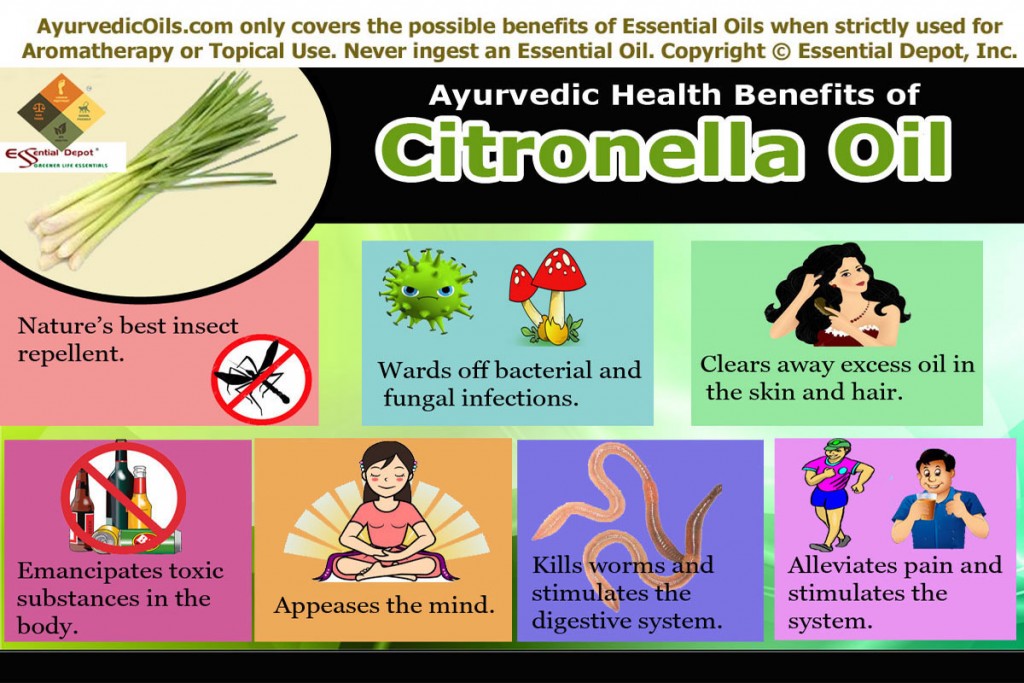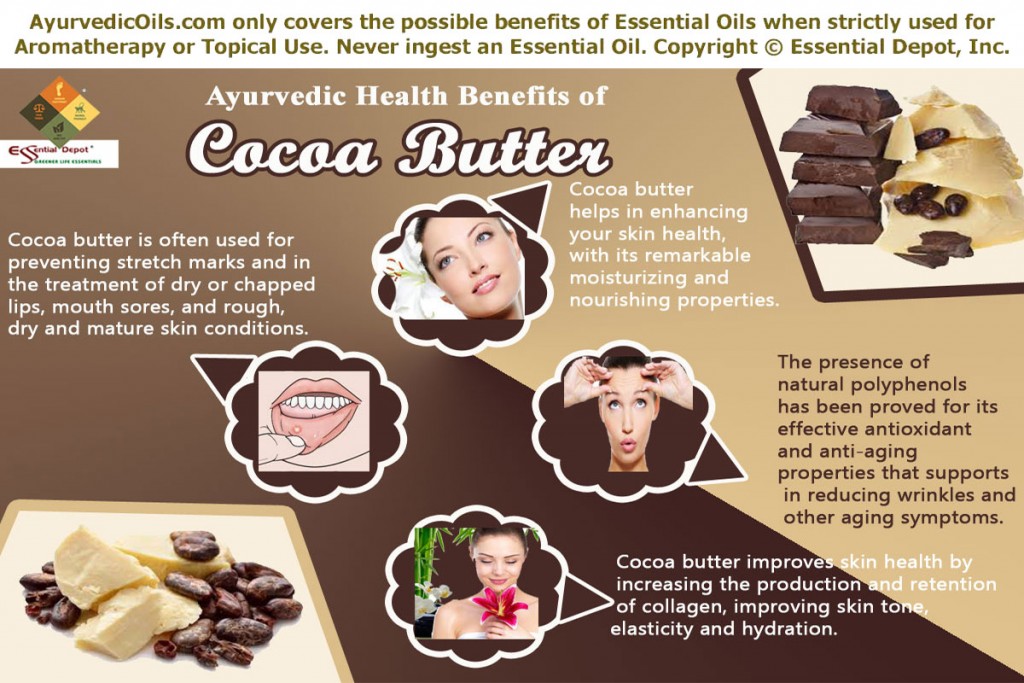
Citronella
Latin Name: cymbopogon winterianus
Forms Available: essential oil
Citronella Oil is extracted from a resilient grass native to Sri Lanka and Java. It is a very aromatic perennial that grows approximately 1 meter (3 feet) in height.
With its slightly sweet, powerful and lemony scent, Citronella is often used in combination with Cedarwood to produce pleasant-smelling patio candles and torches. Its most useful quality seems to be as an insect repellant and may also help pets get rid of fleas. The University of Maryland Medical Center study on ‘Insect bites and stings’ talks about a study where “citronella candles reduced the number of female mosquitoes caught in traps by 35%; linalool candles reduced female mosquitoes by 65%; and geraniol candles reduced female mosquitoes by 82%”. Citronella essential oil has citronellal, linalool and geraniol content in it, thus making it the most effective insect repellent on earth.
Also known to clear the mind, it may be useful against headaches and migraines. Its deodorant and stimulating properties always refresh sweaty tired feet, activating the whole body. Blends well with citrus oils, cedarwood, eucalyptus, and peppermint.
Buy Citronella Oil – 4oz – CLICK HERE
Buy Citronella Oil – 1kg – CLICK HERE
Aromatherapy & Health Uses: Used as an insecticide and antidepressant. Also known to clear the mind so may be useful against headaches and migraines. Its deodorant and stimulating properties always refresh sweaty tired feet, activating the whole body.
Other Uses: Promotes eloquence and prosperity, drawing friends and business.
Thought for the day:
I’m thankful to be breathing, on this side of the grass. Whatever comes, comes. -Ron Perlman
Suggested Reading:
- Citronella by Eugene Raskin
- Citronella ; Cymbopogon Nardus – A Literature Survey From Information Services Centre, Industrial Technology Institute
- Ayurveda & Aromatherapy: The Earth Essential Guide to Ancient Wisdom and Modern Healing by Dr. Light Miller, Dr. Bryan Miller
- The Encyclopedia of Essential Oils: The Complete Guide to the Use of Aromatic Oils In Aromatherapy, Herbalism, Health, and Well Being by Julia Lawless
- The Naturally Clean Home: 100 Safe and Easy Herbal Formulas for Non-Toxic Cleansers by Karyn Siegel-Maier
Reference Links:
- Citronella Oil by Wikipedia
- Citronella Oil by Steve Ritter published in PUBS
- Health benefits of Citronella Essential Oil by Organic Facts
- A handbook on Lemongrass, Neem and Citronella by Janhit Foundation
- Plant-based insect repellents: a review of their efficacy, development and testing by Marta Ferreira Maia and Sarah J Moore published in PubMed













